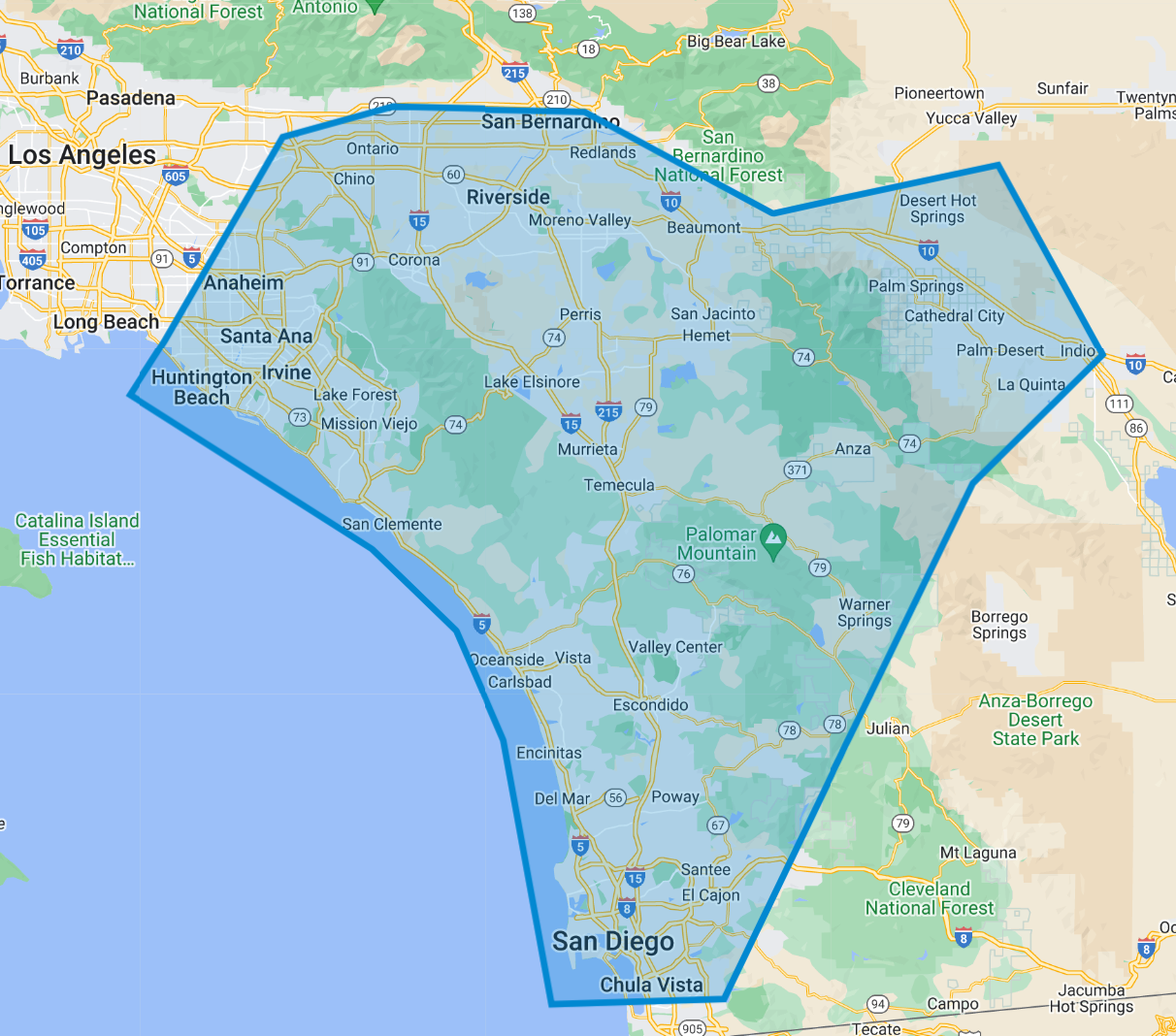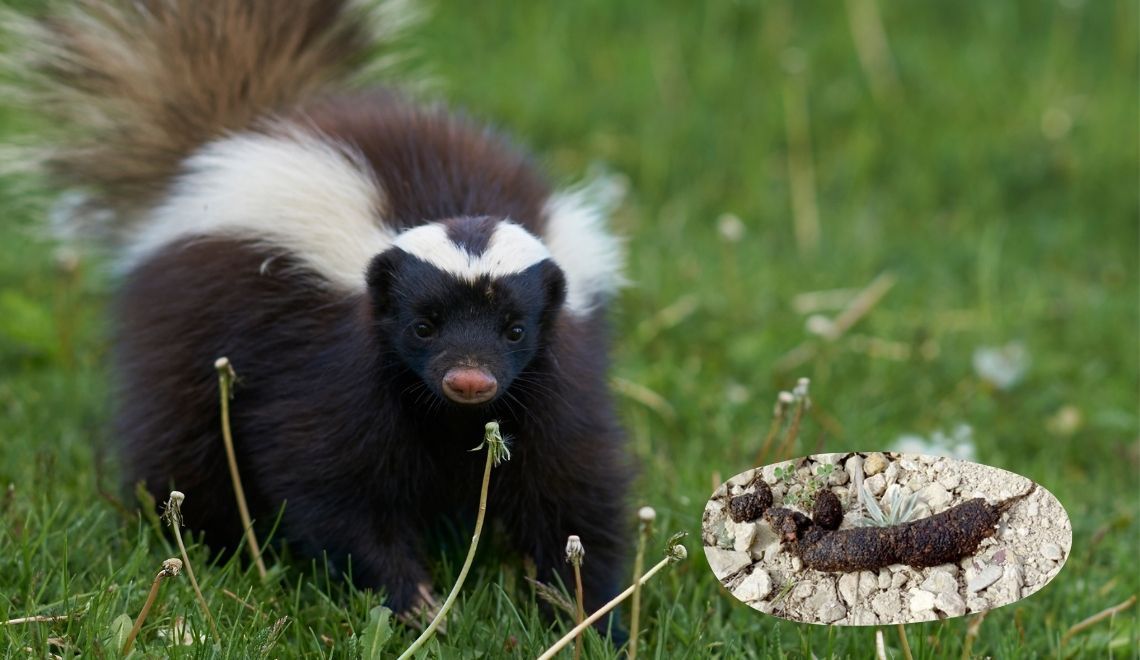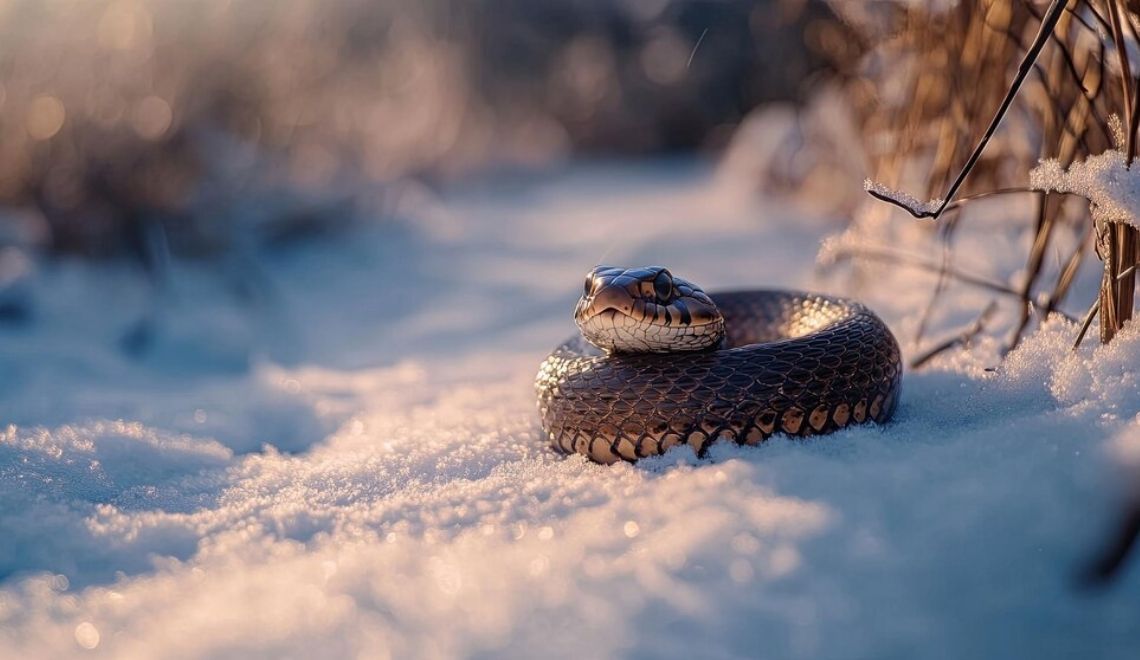How to Get Rid of Mice in The House
Dealing with mice can be a real pain for homeowners. Mice can damage your property and spread diseases through their poop and urine like hantavirus. Recognizing the signs of mice in your home and acting fast is key to stopping a small problem from getting bigger.
How To Tell If You Have Mice
Mice are nocturnal, hide in nests, and are sneaky. Identifying a mouse infestation can be tough. But you can tell if your home has mice by looking for signs like droppings, gnaw marks, and scratching noises at night. Also check common entry points like gaps around pipes and appliances, cracks in walls and foundations, and openings around vents and chimneys.
How to Make Your Home Mice Proof
If you see signs of mice, you need to mouse-proof your home to stop the problem and the associated risks. Here are some tips to help you mouse-proof and protect your home.
1. Seal Entry Points
Sealing entry points is key to mouse-proofing your home. Mice can squeeze through tiny gaps, as small as a quarter of an inch. First, inspect the outside of your home for any cracks, holes, or gaps around doors, windows, pipes and vents. Once you find these openings, seal them with steel wool, caulk, or wire mesh as mice can’t chew through these materials. Also check your attic, basement, and foundation for any weak spots.
2. Stop Rodents From Getting To Food
Preventing rodents from getting to your food is a key step in keeping them out of your home. Rodents are always looking for food; they will stay if they find a steady supply. Blocking their access makes your home less appealing to them. Here’s how to stop rodents from getting to your food:
- Store Food in Airtight Containers: Keep all food items, including pet food and birdseed, in sealed containers that rodents can’t chew through.
- Clean Up Spills and Crumbs Immediately: Wipe down counters, sweep floors, and clean up food spills as soon as they happen, especially in kitchens and dining areas.
- Secure Garbage Bins: Make sure indoor and outdoor trash bins have tight-fitting lids and are emptied regularly to stop rodents from being attracted to them.
- Don’t Leave Food Out Overnight: Don’t leave any food sitting out on counters or in pet bowls overnight.
- Clean Dishes Promptly: Wash dirty dishes after meals and don’t leave food scraps in the sink.
3. Clean Your House Regularly
Mice love cluttered and messy homes so cleaning your home is key. Vacuum, sweep, and mop floors to remove food particles that may attract rodents. Declutter storage areas like attics, basements, and garages where mice nest. Pay extra attention to keeping kitchen counters, cabinets, and pantries clean. The more you keep your home tidy and organized the harder it is for mice to find shelter and food.
4. Natural Scents
Using natural scents is a simple and eco-friendly way to repel mice. Strong smells like peppermint oil, eucalyptus, and cloves are unpleasant to mice. Soak cotton balls in these essential oils near entry points or where you see mouse activity. Replace the cotton balls every few days to keep the scent strong. This natural method will keep mice away and freshen up your home.
5. Trapping and Baiting
If you think mice are already in your home, setting up traps is the best way to control their numbers. Depending on your preference, you can choose from snap traps, glue boards, or humane catch-and-release traps. Place the traps along walls, behind furniture, and in corners where mice will travel. Bait the traps with peanut butter, cheese, or dried fruit and check them regularly to dispose of any caught mice or reset the traps as needed.
Getting rid of mice in your home requires a proactive approach that combines prevention, traps, and natural deterrents. By identifying signs of infestation, sealing entry points, securing food sources, cleaning, and using trapping methods you can reduce the chances of a mouse invasion.
If you have a persistent infestation or prefer professional help, contact a
mice removal service. They have the knowledge and tools to handle the situation and keep your home mouse-free. By doing these and being vigilant you can create a safer and healthier living space for you and your family.
Cities We Serve
Contact Us Today
Contact Us
We will get back to you as soon as possible.
Please try again later.
Wildlife Control 360 specializes in the humane control and removal of wildlife like raccoons, bats, birds, rats, snakes, bees, skunks, foxes, gophers, and squirrels.
Service

© 2024 All Rights Reserved | Wildlife Control 360









